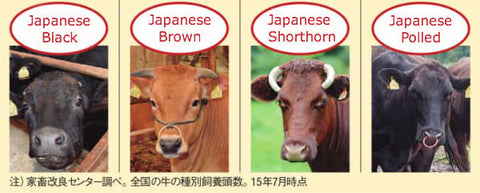Great news! In the next few weeks we will be stocking and selling wagyu for retail. This is not any old wagyu, it's only the best Japanese A5 quality! Over the next few weeks, we will be publishing blogs to increase your wagyu knowledge so you know what to look for.
Wagyu is a beef that is 'marbled', meaning it has thin streaks of white fat running through the meat. Even though its fatty, it is very tender. The fat adds to the flavour and its considered to be one of the best tasting beef's in the world.
The word 'Wagyu' in the English language has become a catch-term for any marbled beef regardless of where the cattle are raised. However, in Japanese wagyu literally translates to 'Japanese beef'. This does not mean that other wagyu are of a lower quality but the Japanese farmers have more experience and knowledge about breeding and feeding the cattle to produce the best tasting wagyu. Confusingly enough, it also does not refer to all beef that it produced in Japan either.
Japanese wagyu refers to four specific breeds of cattle: Japanese Black (Kuroge), Japanese Brown (Akage), Japanese Shorthorn (Tankaku), and Japanese Polled (Mukaku), and to cattle crossbred between them. Of these, Japanese Black accounts for 90% of wagyu cattle. 'Wagyu' refers to these specific breeds and not merely to "beef produced in Japan."

The Wagyu Registry Association has announced that 99.99% of current Japanese Black on record share a single common ancestor, Tajiri, a Tajima cattle steer bred in the Ojiri area of Kami-cho, Hyogo Prefecture.
 ( Tajiri )
( Tajiri )
Wagyu is known for its tenderness. Oleic acid and stearic acid are major contributors to the quality of Japanese Black wagyu. These acids are called unsaturated fatty acids, and they have a lower melting point than ordinary fats. The fat usually found in animals, like lard, remains in solid form even amidst hotter temperatures.
 Unsaturated fatty acids, however, and in particular oleic acid and stearic acid, have a very low melting point. This means that when this meat is consumed, the fats break down with the first bite from body heat in the mouth, lending the meat a soft, melt-in-your-mouth texture.
Unsaturated fatty acids, however, and in particular oleic acid and stearic acid, have a very low melting point. This means that when this meat is consumed, the fats break down with the first bite from body heat in the mouth, lending the meat a soft, melt-in-your-mouth texture.
Following weeks, we will explain what about wagyu is special and ranks!

